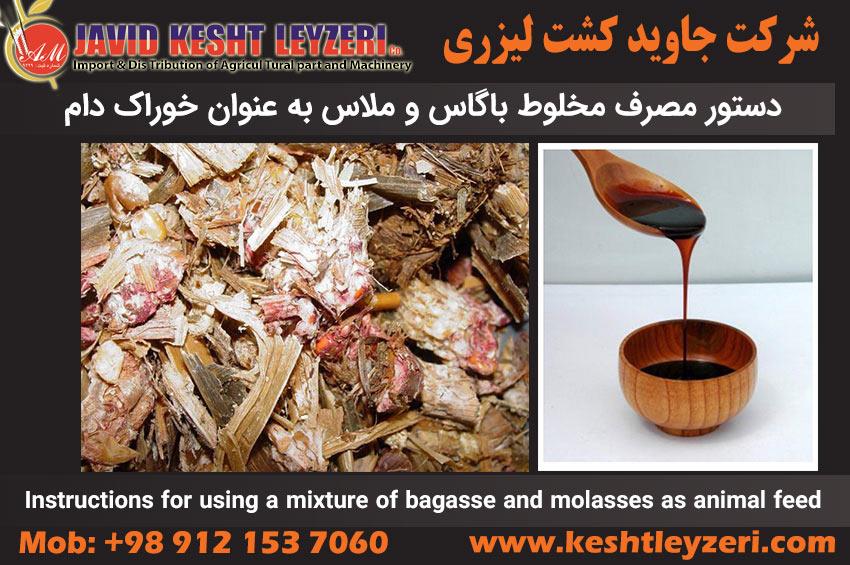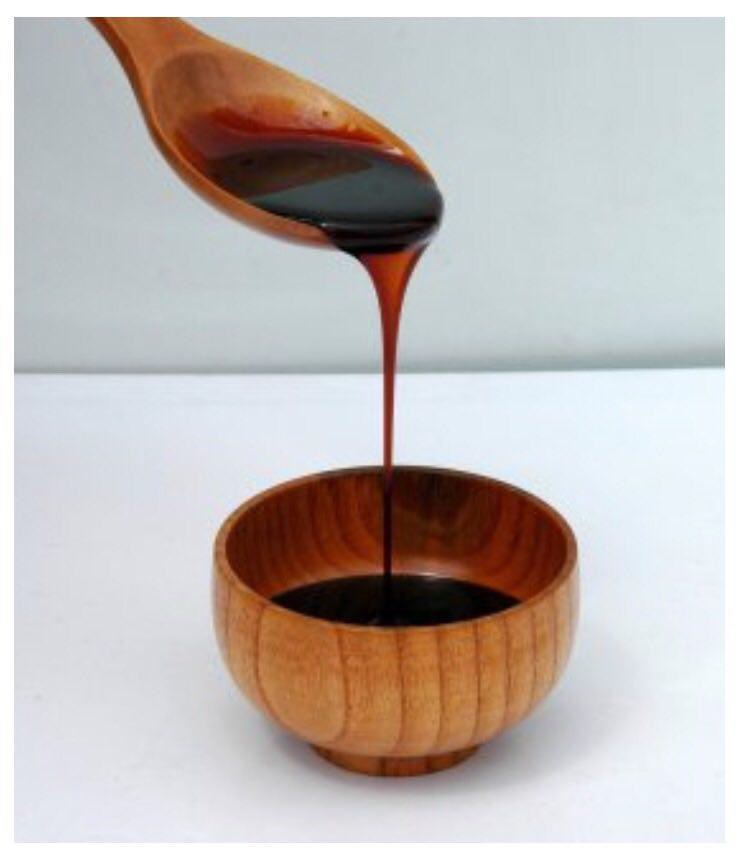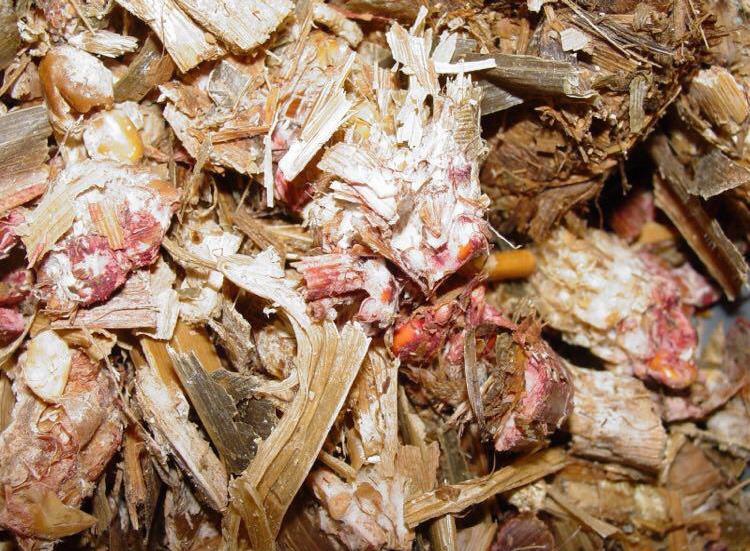
Instructions for using a mixture of bagasse and molasses as animal feed
javid keshtleyzeri Co.ltd
Livestock can directly consume the mixture of bagasse and molasses, which is in the form of pellets, and gradually increase the daily consumption for livestock.
* Mixture of bagasse and molasses can be mixed with wheat bran and consumed by livestock.
* This product is pellet-compressed, which based on scientific and practical research, can be used in the ration of fattening animals from 50 to 60% and in the ration of dairy animals 25%.
What is sugarcane bagasse? and its use in animal feeding:
Bagasse is the residue obtained after extracting sugar from sugarcane, which constitutes about 30 to 35% of the weight of sugarcane. This product is the fibrous residue left after sugarcane extraction, which is in the form of small pieces of wood chips and straw yellow in color. Bagasse has high fiber and nitrogen and low digestibility, the amount of its constituent elements is slightly different depending on the different types of sugarcane and the way it is harvested, and finally the amount of recovery and extraction efficiency in the mills.
Bagasse is used in chipboard production, semi-compacted board, paper, alcohol production, citric acid production. Bagasse is also used for animal feed processing.
The average production of sugarcane per hectare is about one hundred tons, and based on the experience gained, after extracting syrup from sugarcane, about 32 tons of bagasse with a moisture content of about 50% is obtained from each hectare. Bagasse fiber has a composition that is not soluble in It is water and consists mostly of cellulose, pentane and lignin. The most important types of fiber in bagasse are as follows:
1 - Hard cylindrical cells that have strong external walls and vascular tissue. These cells are called (true fiber).
2- Cells with an irregular shape and thin and delicate walls that are usually located in the middle parts of the sugarcane stalk and are known as pit.
Real fiber and peat have almost the same chemical composition, but their structure is very different. In real optical fiber, the length-to-diameter ratio is very high and reaches about 70%, and it has significant flexibility and elasticity in dry or wet conditions. These cells are irregular pit and the ratio of the length of the pieces to their diameter is about 5. These cells absorb moisture and do not connect to each other. The high absorption of moisture by peat has limited its uses, and it is mainly used as a carrier of molasses in the production of animal feed.
What is molasses?
Molasses or Black Syrup Molasses (in French: mélasse) is also called. Molasses is a thick, dark and viscous extract, and a by-product in the process of making sugar from sugar beet or sugar cane. The French word molasses comes from the Latin word mel, which means honey. The quality of molasses depends on the ripeness of the sugar cane or beet, the amount of extracted sugar, and the extraction method. In parts of the United States, sweet sorghum is known as molasses, but sweet sorghum is not true molasses.

In Iranian factories, molasses is used to prepare alcohol, vinegar and fodder. The color of molasses is from burnt brown to black. Originally, molasses is added to the diet in order to reduce dust and increase appetite or as a result of compounds such as urea. But since the ration of livestock in the tropical and subtropical regions where sugarcane grows lacks nutrients or starch, molasses is used as a suitable energy-generating supplement in food composition and increases the weight of livestock. to be
The molasses produced in the factory has 80-85% dry matter and has a high viscosity, for this reason it is very difficult to work with it at normal temperature, and to sell it for consumption in the mills for the preparation of animal feed, it must be Brix 75. % they dilute.
In traditional fodder corn silage silos, which are closed in most of the country's cattle farms and ranches for the purpose of fermentation, cooking and fermentation of green fodder corn, due to lack of management and other factors involved, such silos always have a layer with a diameter of 10 to 15 cm. The outer layers of the silo will be accompanied by fungus and mold. Below are pictures of the fungus and mold in the mentioned silos...







